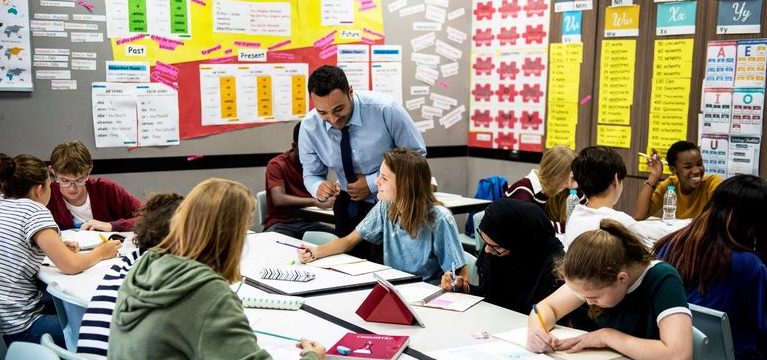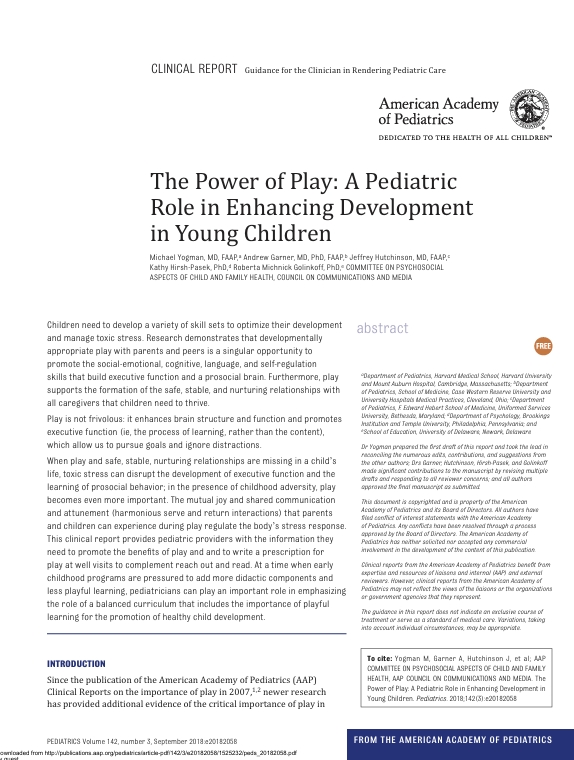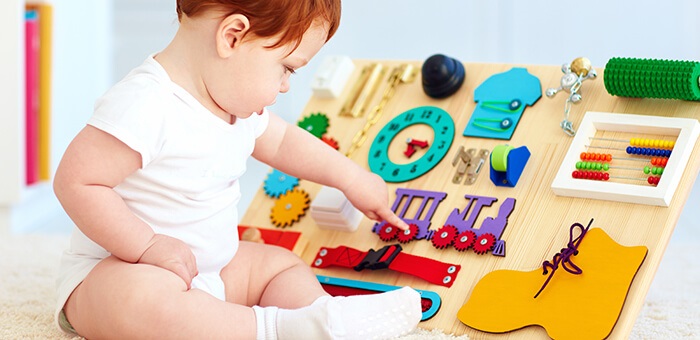Story Source: Edutopia ~ Go to Original Article
Intention-setting—a powerful mindfulness practice rooted in a rich contemplative history—is becoming a popular tool for supporting the personal and professional development of adults. Can it be used in the classroom in a way that supports student learning?
Intention-setting, it’s important to note, is different from goal-setting. Goals are clear targets that we strive to hit. For example, a student may articulate the goal: “By the end of class, I will have brainstormed several possible designs and decided which one I’m going to build based on the given criteria…………..






